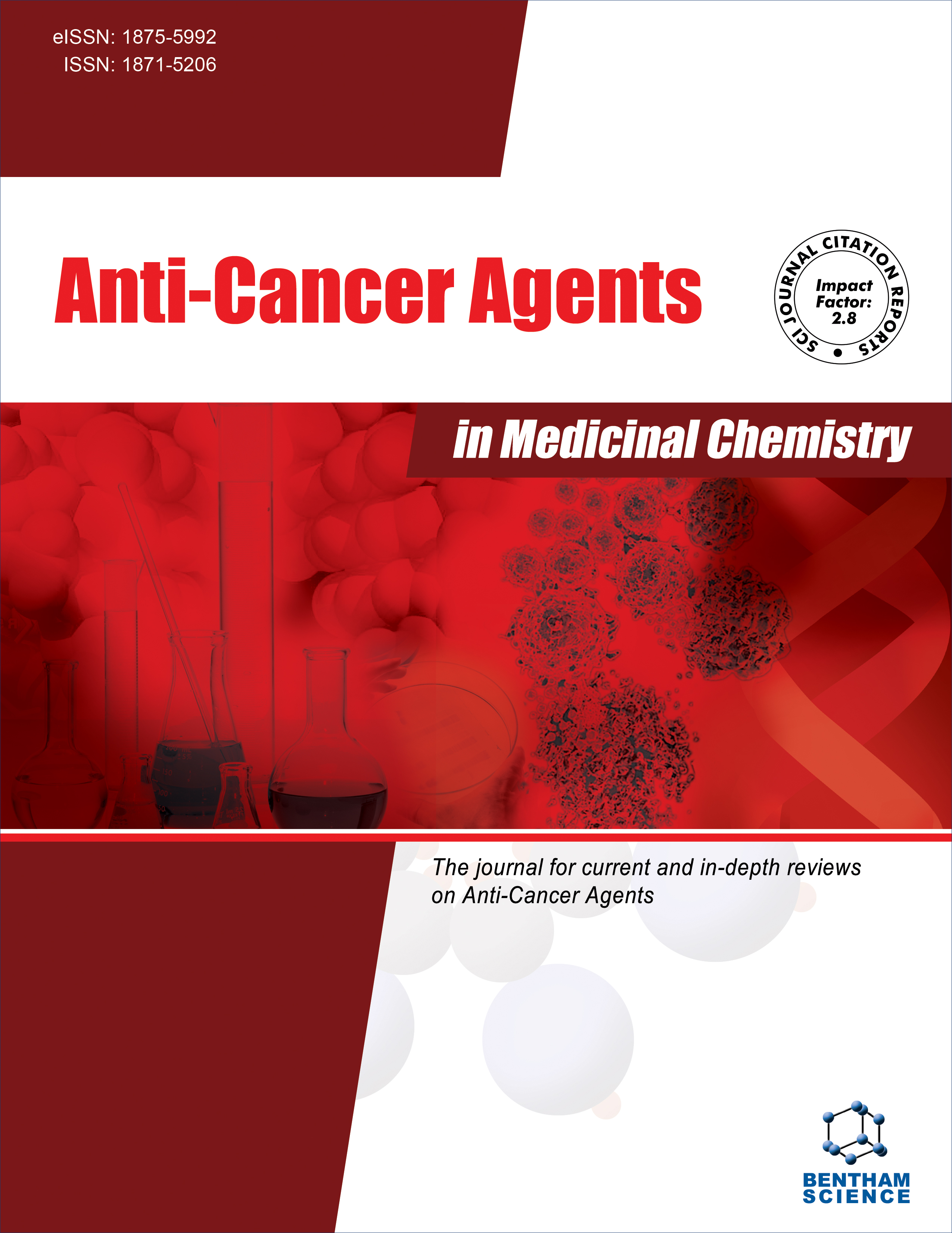
Full text loading...
We use cookies to track usage and preferences.I Understand
The Prodiginins (PGs) natural pigments are secondary metabolites produced by a broad spectrum of gram-negative and gram-positive bacteria, notably by species within the Serratia and Streptomyces genera. These compounds exhibit diverse and potent biological activities, including anticancer, immunosuppressive, antimicrobial, antimalarial, and antiviral effects. Structurally, PGs share a common tripyrrolic core but possess variable side chains and undergo cyclization, resulting in structural diversity. Studies have investigated their antiproliferative effects on various cancer cell lines, with some PGs advancing to clinical trials for cancer treatment. This review aims to illuminate the molecular mechanisms underlying PG-induced apoptosis in cancer cells and explore the structure-activity relationships pertinent to their anticancer properties. Such insights may serve as a foundation for further research in anticancer drug development, potentially leading to the creation of novel, targeted therapies based on PGs or their derivatives.

Article metrics loading...

Full text loading...
References


Data & Media loading...

